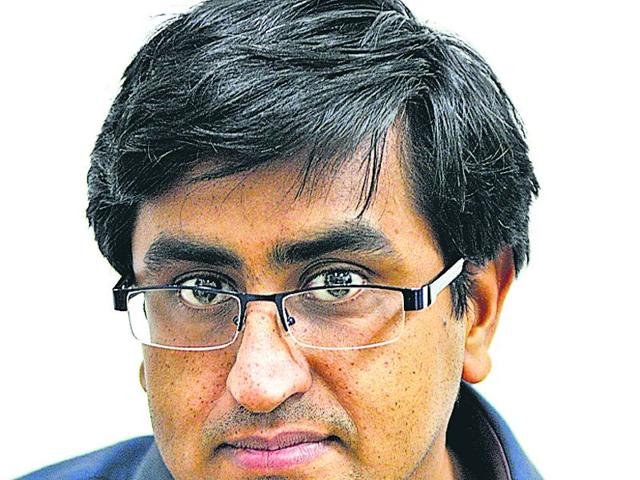Captial talk: Long-term or break-neck speed
There are two broad theories of economic policy that can lead to growth - the trickle-down theory and the direct subsidy approach. In the trickle-down approach, the economic circle is expanded by investing in creating projects that have long-term value and do not fall in the trap of the populist direct subsidy approach. This path is considered far better, but is slower.Writes Madhusheel Arora
There are two broad theories of economic policy that can lead to growth - the trickle-down theory and the direct subsidy approach.

In the trickle-down approach, the economic circle is expanded by investing in creating projects that have long-term value and do not fall in the trap of the populist direct subsidy approach. This path is considered far better, but is slower.
The direct subsidy route is akin to giving a person a fish when hungry, and making them dependent. It is a short-term measure. Can you keep on giving on 'the fish', whenever one is hungry?
Instead, the hungry persons must be taught the skill of fishing, thus empowering them and also creating a new job - as advocated by the trickle-down approach.
Another factor that matters is the productive flow of money?
The RBI usually tries to tackle inflation by cutting off money supply to people, until a more efficient utilisation model emerges. That is what led to the Indian economy slowing as RBI and other policy makers waited for supply-side bottlenecks to be taken care of (mainly infrastructure like roads and other forms of connectivity).
Apart from the monetary policy, that is the bank interest rate, we have the fiscal policy like taxes, subsidies, special grants etc that help stimulate the economy.
This tool is considered a more direct way of controlling the economy as its effects are visible immediately; monetary policy takes its time to percolate.
An important fiscal measure that has been pending with the government for long has been a uniform Goods and Service Tax (GST), which could ease a lot of unnecessary costs, making the money flow more efficient.
Social factors also impact the economy, with the aim to bring about a more equitable growth - the slogan of inclusive growth.
Another variable that impacts the economy is Black Money. This is money that has been stolen through ingenious means and either taken out of the country or is earned through illegal means. This arises as only a miniscule proportion of transactions in India are recorded. This is a via media for unaccounted money to enter the economy, acting as a toxic agent.
An economy is said to be in a growth mode, when there is more production of goods and services. However, one must also be aware of the methods by which this growth is brought about. If there is improvement in productivity and job creation accompanies growth, only then can we say the growth is sustainable.
The Indian economy today is passing through a critical phase. Inflation will be here to stay as the growing middle class and the youth make a demand surge that is nowhere near the projected supply of goods and services.
So, two broad ideas need more attention in our economic policy. We must start work on bridging inequalities so that the fruits of economic development are not cornered by the elite few, leading to social chaos.
Farm sector needs policy makers' time, if the economy is to sustain. There can be nothing more tragic than the fact that we have jobless youth, yet a majority of them consider farm labour to be beneath their dignity to even attempt.




